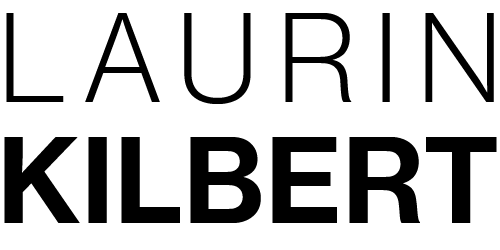Sensing a Place
from data to form
“Sensing a place” is an aesthetic research by Joana Schmitz & Laurin Kilbert. On a journey with a large, self-built, solar-powered ceramic 3D printer, locally found clay is printed into ephemeral objects. Sensory enhancements in the form of electronics, and algorithmic shaping are used to explore the archaic material of clay and discover new forms.
The parameters for the artifacts are derived from weather data such as sunlight, ambient sound, and temperature, which are measured on-site during printing and translated into forms. The place, its material, and its specific conditions leave their imprints on the objects.
Programming: Jonas Ward
Film & Music: Matteo Giprandi
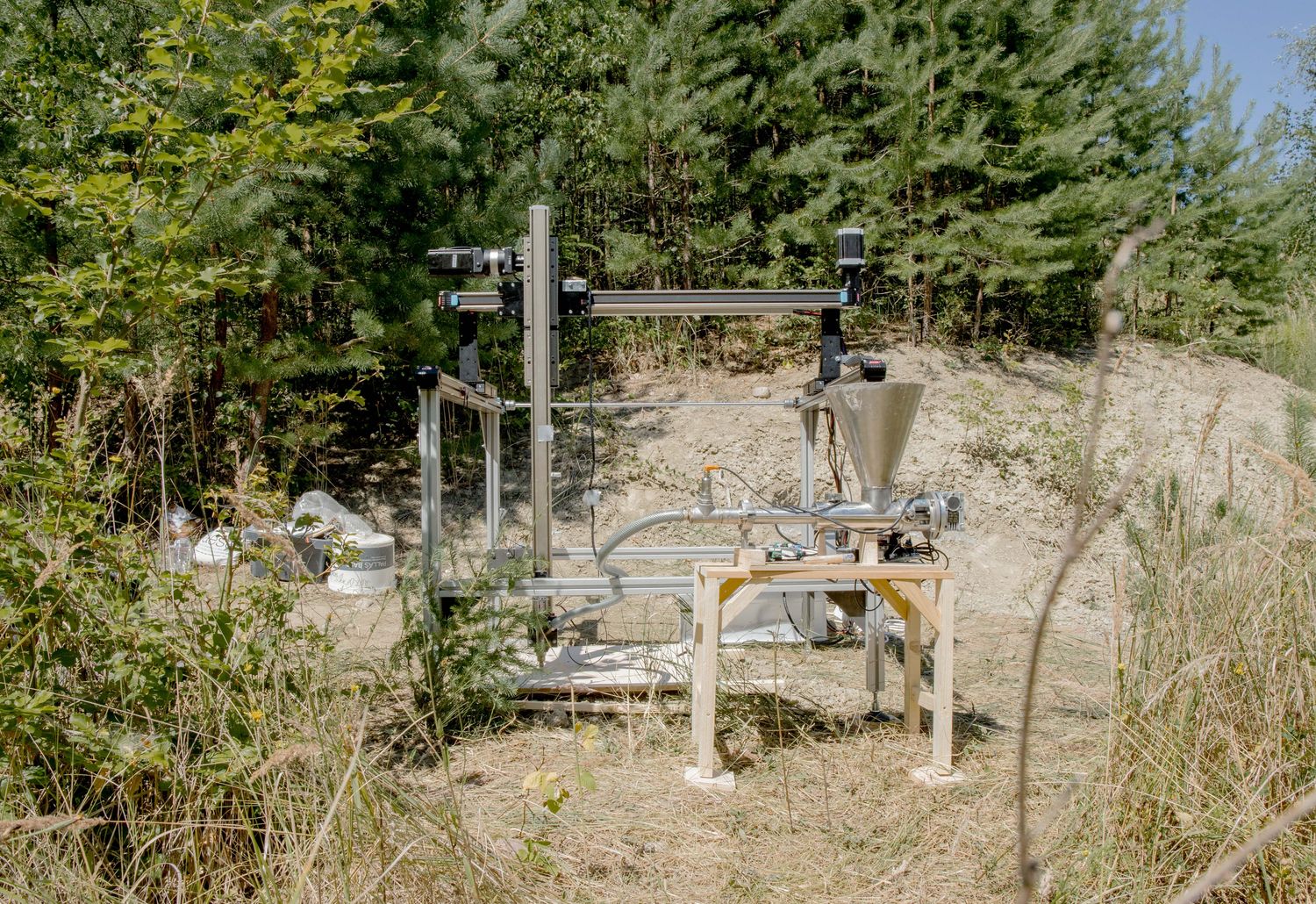
self built 3D printer for clay, exposed to the place where the clay originates
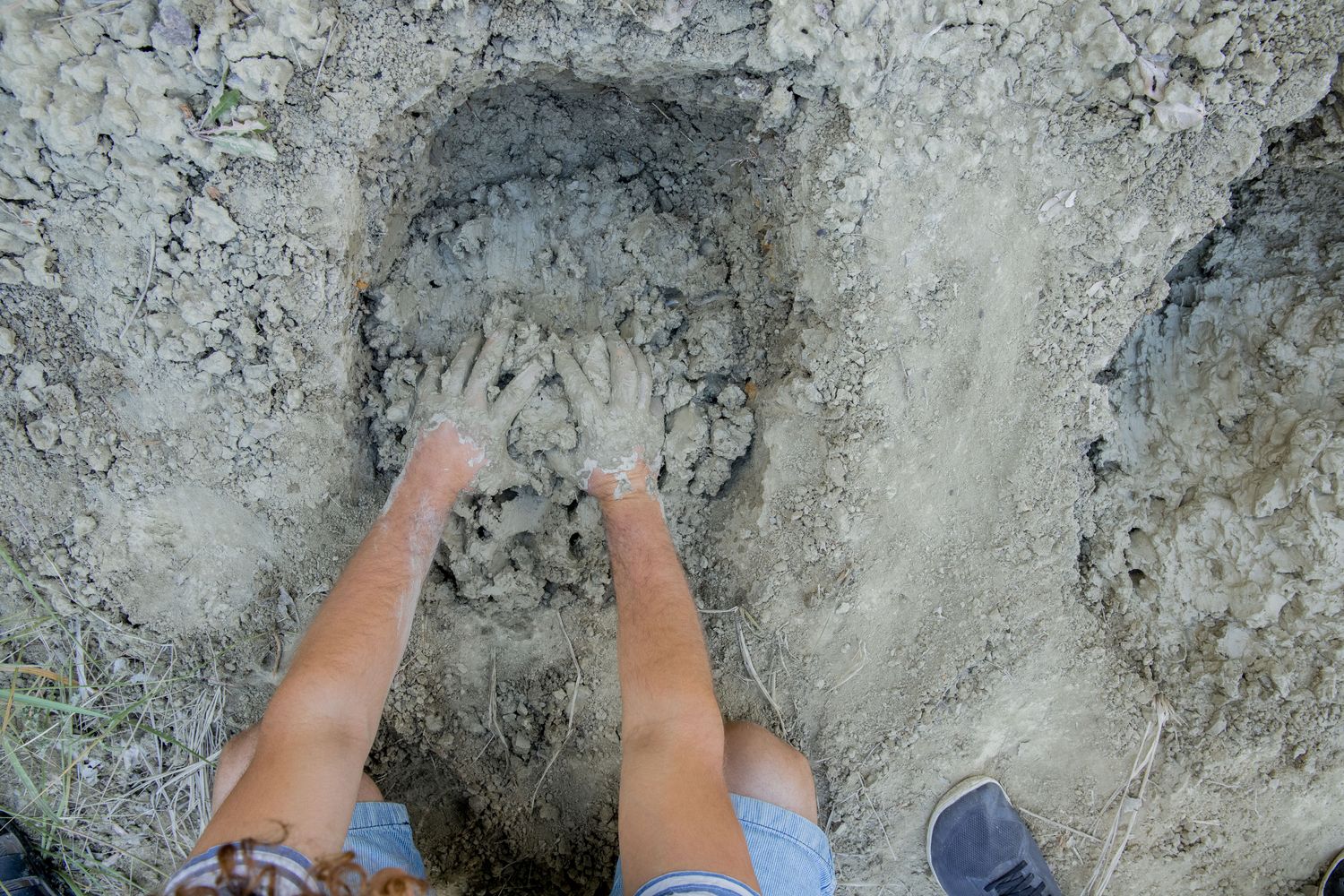
finding wild clay & preparation for the 3D print
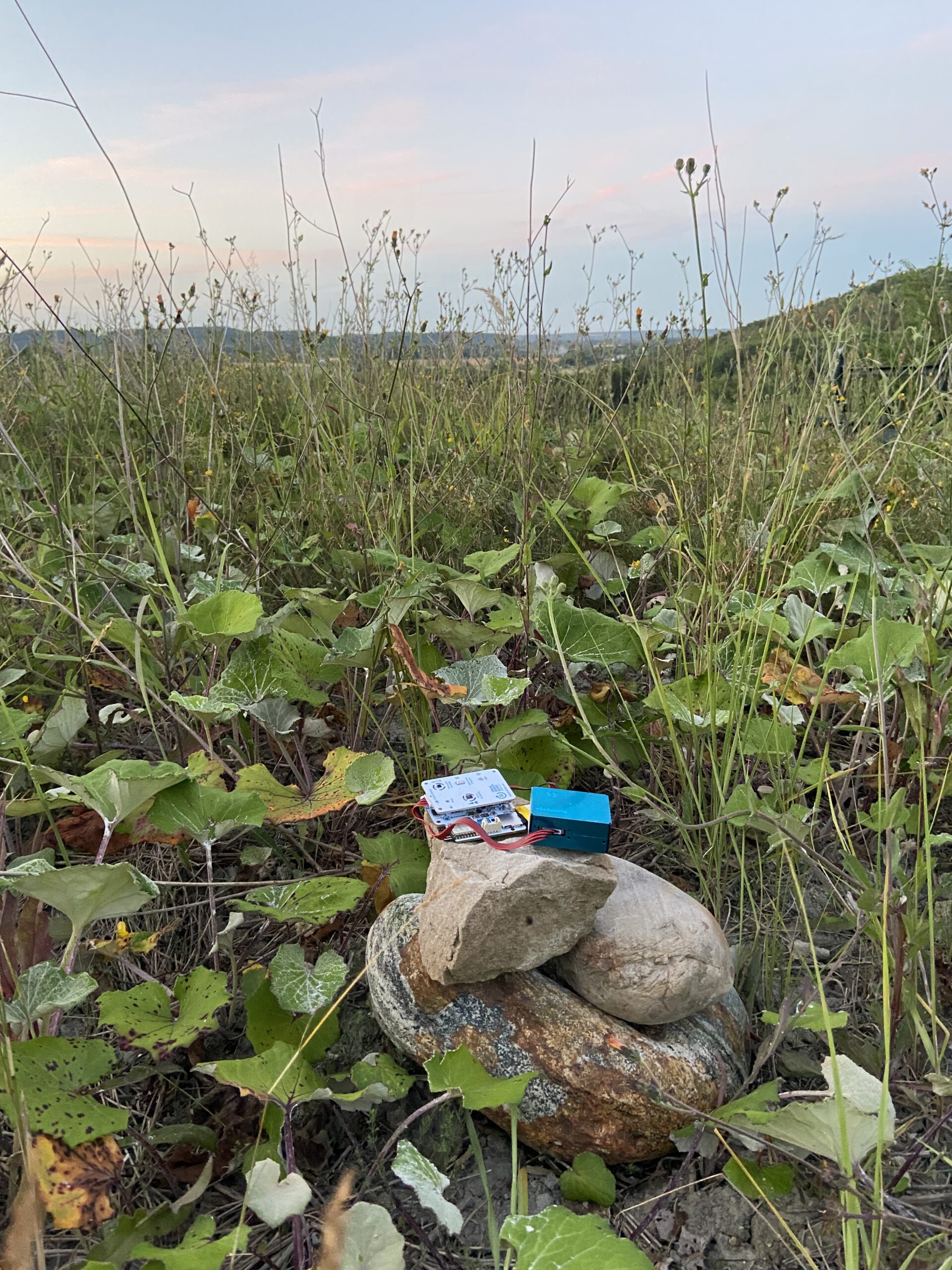
sensor kit to gather data on humidity, temperature, noise & light
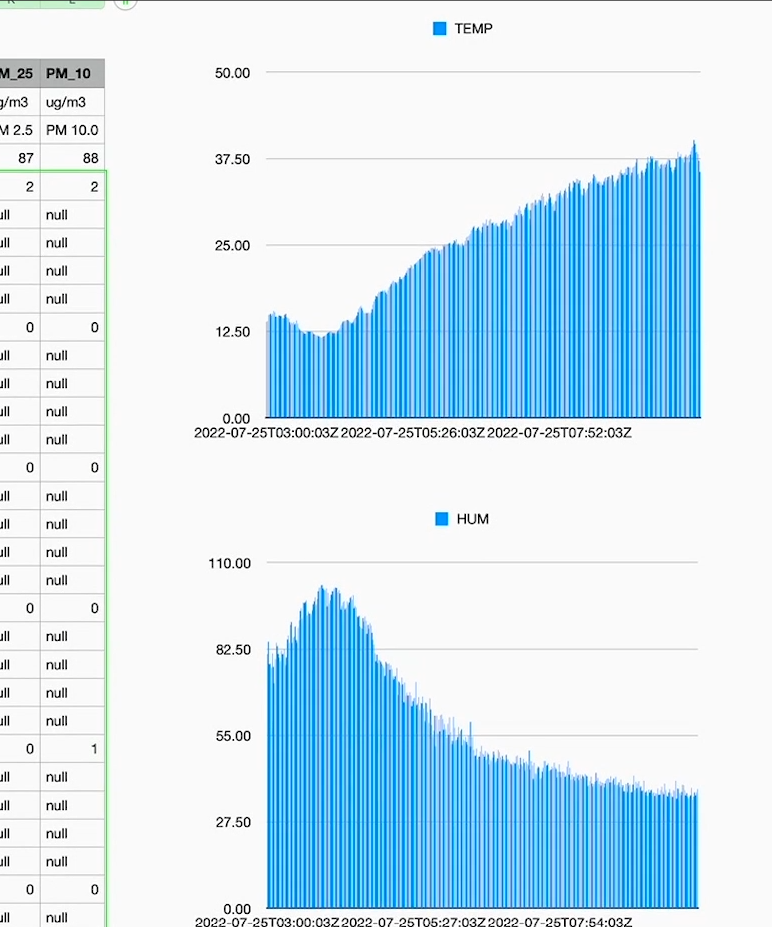
data set from morning to dawn
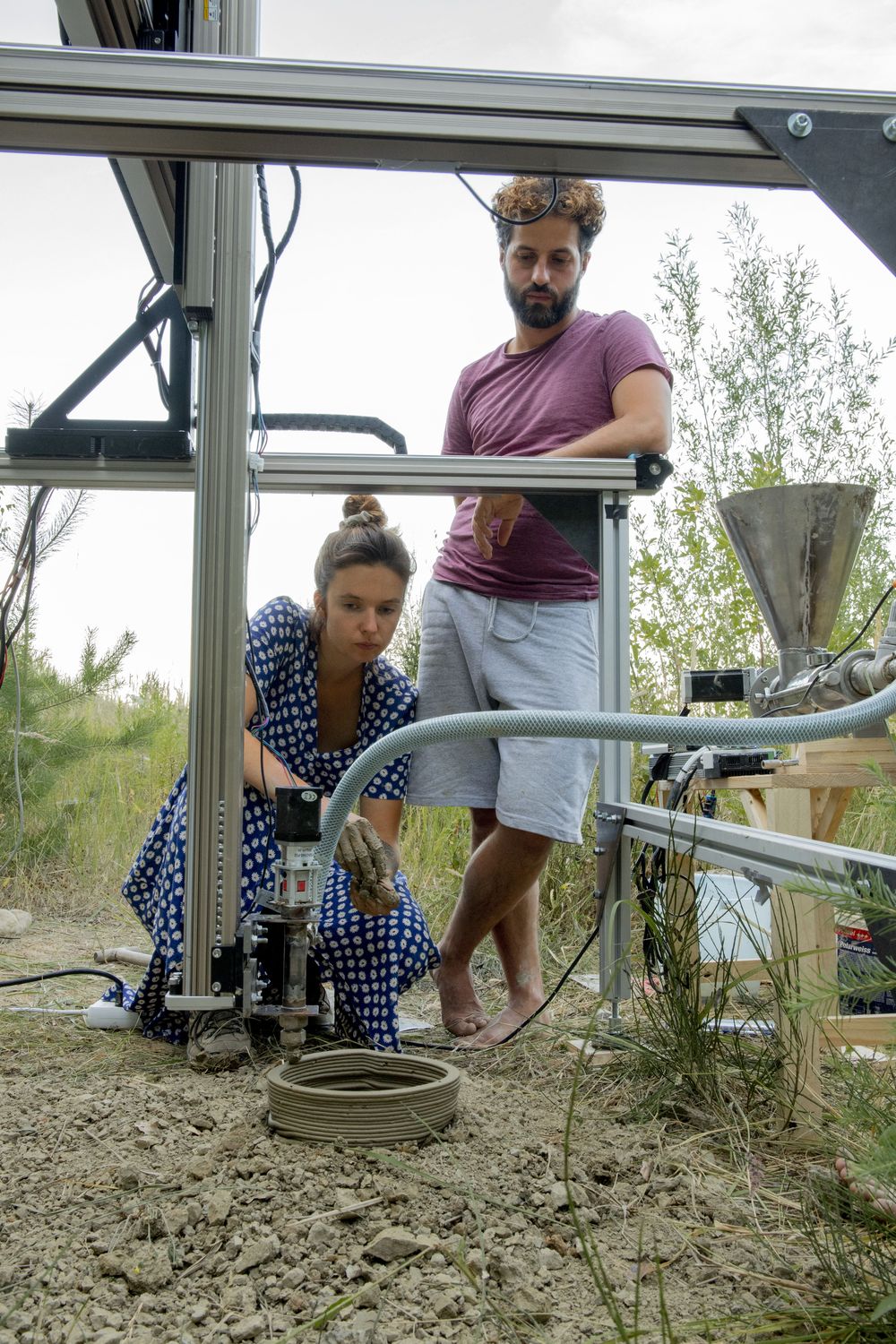
Joana Schmitz & Laurin Kilbert 3D printing with wild clay
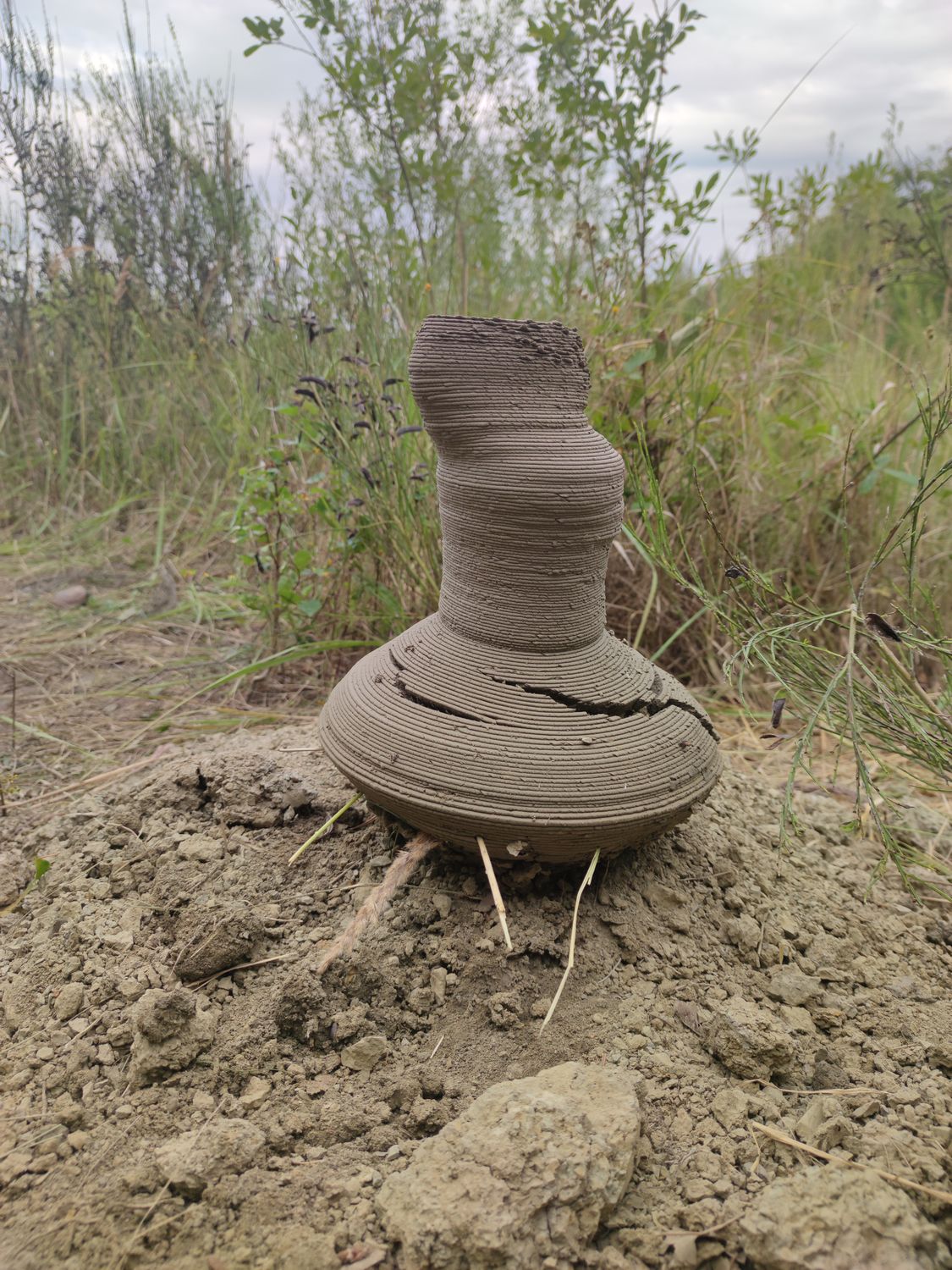
data generated form, 3d printed
“The machine is us, an aspect of our embodiment”
writes Donna J. Haraway in her 1985 Cyborg Manifesto, and means that every machine, automaton, and technology can be understood as part of the human. There is no alienation from nature, as we and the man-made things emerged from the evolutionary process. This raises the question of what kind of technology we want and what we should do with it. Technology is not unnatural, but rather a part of human activity that in turn springs from nature. So, light emitting diodes, algorithms in Java, and even a 3D printer can be understood hierarchically alongside a sparrow, a tree, and a river.
Thanks to all the supporters:
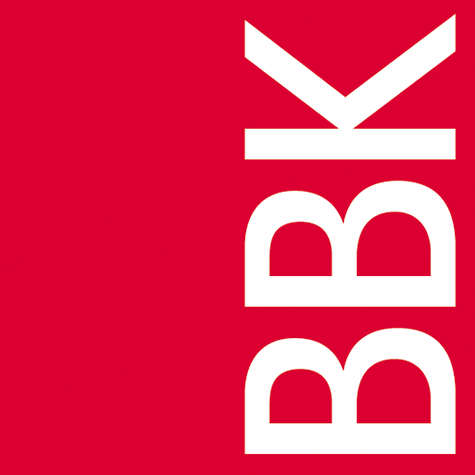
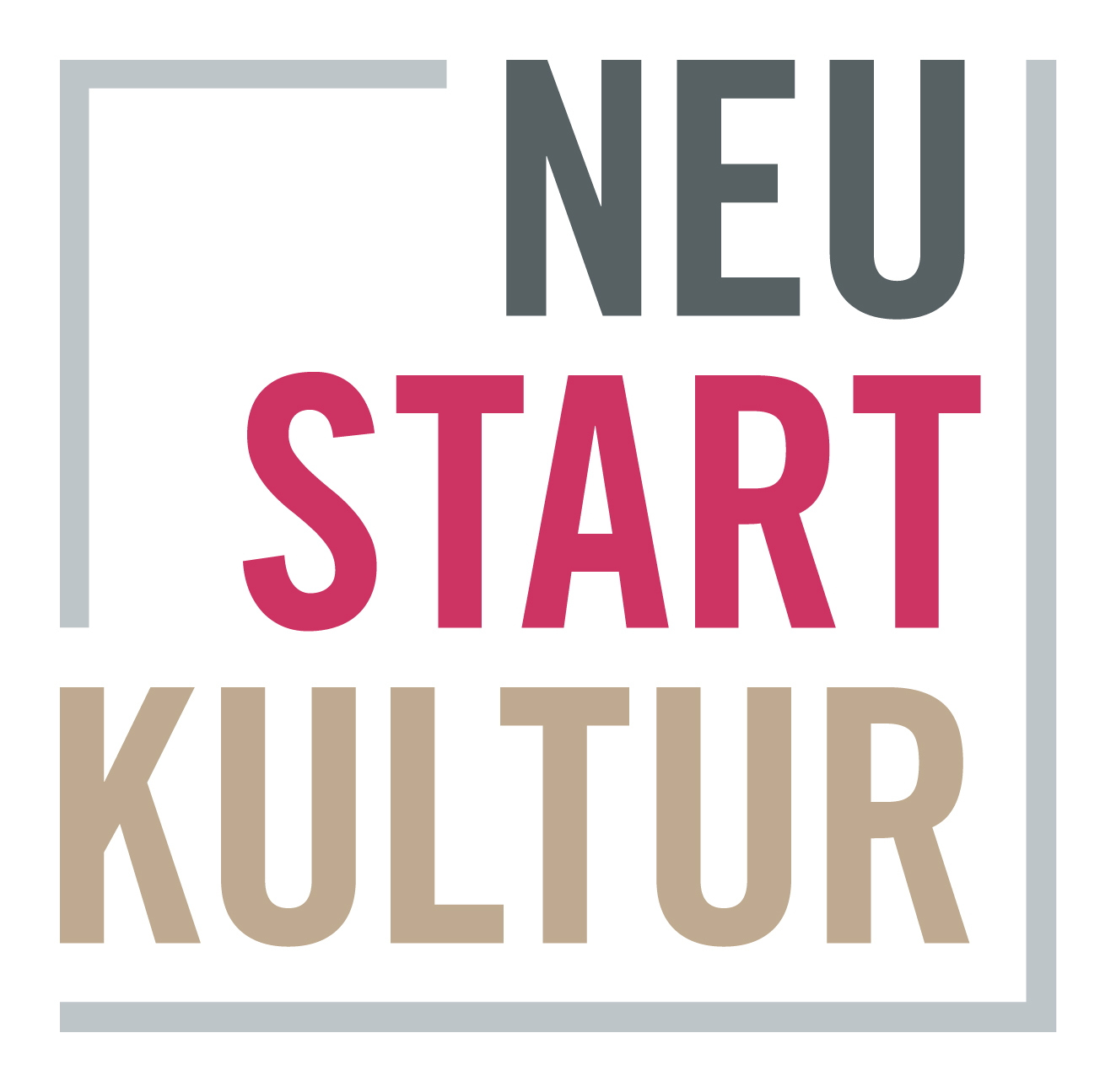
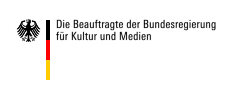
Laurin Kilbert
Laurin Kilbert is an artist, designer & co-funder of the symbiotic spaces collective, based in Germany. He explores the intersection of art, design, technology, and ecology.
